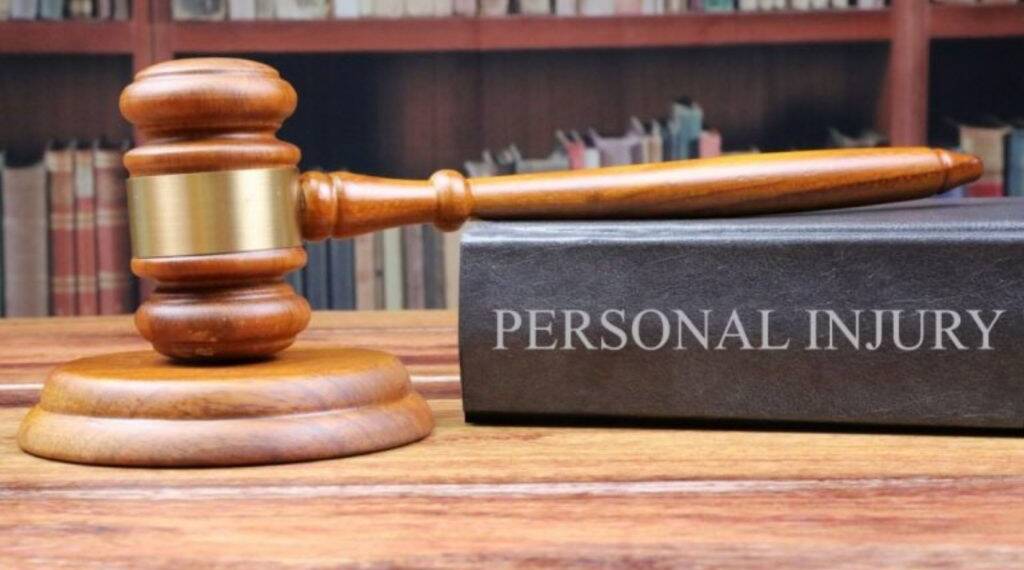Personal injury law covers a range of accidents, including pedestrian accidents, assault, and product liability claims. This set of laws serves to protect people from the careless or harmful actions of others, whether those of a company or an individual. The laws also give victims a chance to recover the costs resulting from the accident, including medical bills and the cost to their career.
It is advisable for people in such situations to get legal advice from Top Dog Law, as it can be overwhelming to deal with a lawsuit on top of an accident. The lawyers at TopDog Law are some of the best in the country and can provide the guidance you need to navigate the challenges that come with personal injury claims.
This article will talk about a few of the common terms in personal injury law to help you understand how it works.
Negligence
A central concept in personal injury law is negligence, which refers to a failure to exercise reasonable caution in a situation. When such actions lead to an accident or injury, the injured person can seek damages against those who were negligent.
Depending on how the accident occurred, multiple people can be held responsible, and the laws that apply in your state depend on the type of negligence laws that are followed there. This is usually comparative or contributory negligence, where people are allowed to recover a portion of the damages if they were partially responsible for the accident, or not at all.
Damages
Damages are the compensation that the victim receives after an accident to compensate for their injuries and other costs they had to bear. Damages are classified into different types: economic damages, non-economic damages, and punitive damages.
Economic damages are any tangible financial costs the victim had to bear, like medical expenses and the cost to repair any damaged property. Non-economic damages commonly refer to any effect from the accident that cannot be quantified easily, like emotional trauma, loss of companionship, etc.
Statute of Limitations
There is a time limit to when you can file a claim after an accident. This varies by state and the type of accident, but the time period is generally two years from the day of the accident. The purpose of this rule is to prevent people from taking advantage of the law to gain benefits.
Insurance Bad Faith
Insurance companies are supposed to pay for the damages in an accident, and they are known to employ shady tactics to avoid doing so. This is what insurance bad faith refers to. It is illegal for insurance companies to refuse a payout that has reasonable grounds, and they can be held responsible in a court of law for such actions.
Workers’ Compensation
The state provides employees compensation for any injuries they may face while at work. For example, construction workers may face head injuries or amputations from using heavy machinery. Workers’ comp pays for medical bills, provides resources for reskilling, and even disability benefits depending on the circumstances.
Last Thoughts
Personal injury law can be confusing for those not familiar with it, but hopefully, this guide to commonly used terms will make it a little easier. Knowing what you’re dealing with is the first step to getting through it. It’s advisable for victims to hire a good lawyer to help pursue claims against those responsible.
These laws serve to keep people in check, holding them accountable for unruly behavior that endangers others. It also provides an avenue for people without the financial means to recover from catastrophic accidents.




